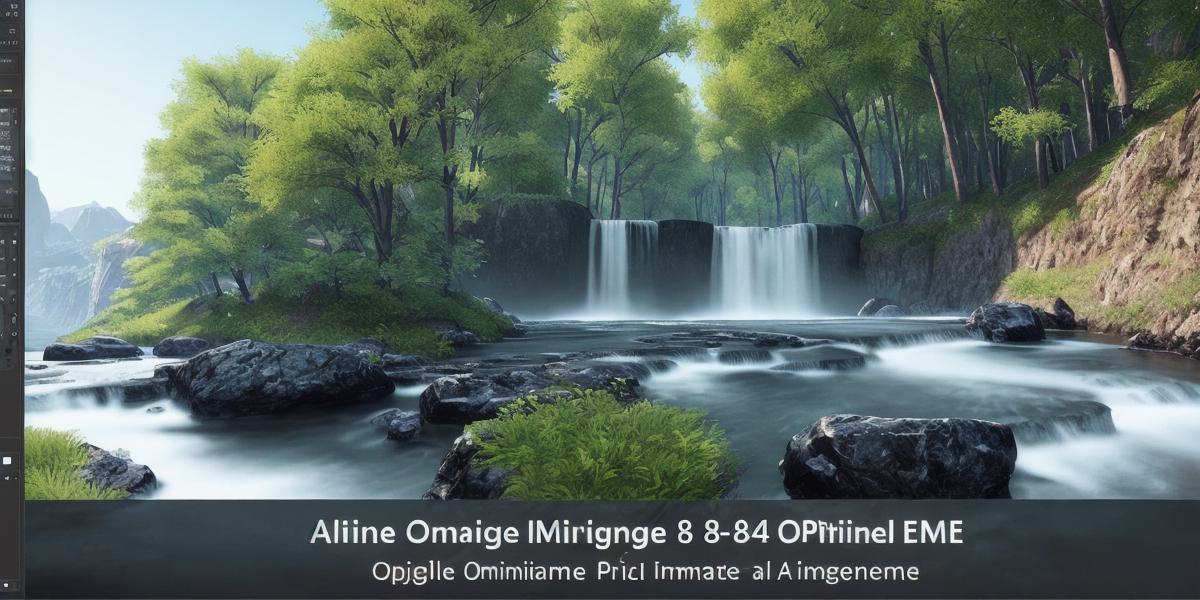Maximizing Unreal Engine 4 Performance on 8GB RAM: Tips and Tricks

Unreal Engine 4 (UE4) is a powerful game engine that can create stunning visual effects, but it requires a lot of resources to run smoothly. If you’re working with only 8GB of RAM, you might be wondering how to optimize UE4 performance and achieve better results without sacrificing on graphics quality. In this article, we’ll explore some tips and tricks that can help you maximize UE4 performance on 8GB RAM.
First, let’s understand the basics of UE4 memory usage. UE4 uses a virtual memory system called "Physical Memory Mapping" (PMM) which allows it to access data stored in hard disk drives (HDDs) as if they were part of the main memory. This means that UE4 can use more memory than is physically available on your system, but at the cost of slower performance.
To optimize UE4 performance on 8GB RAM, you can follow these tips:
- Reduce texture resolution and compression
Textures are one of the biggest memory hogs in UE4. By reducing the resolution and compression of your textures, you can free up more memory for other components of your scene. You can do this by adjusting the "Compression" settings in the UE4 Editor or using a tool like TinyPNG to compress your images before importing them into UE4.
- Adjust LOD levels
Level of Detail (LOD) is a technique used to reduce the number of polygons in an object based on its distance from the camera. By adjusting the LOD settings, you can optimize your scene for better performance without sacrificing on graphics quality. For example, you can set a lower LOD level for objects that are far away from the camera and a higher LOD level for objects that are closer to the camera.
- Optimize particle effects
Particle effects can be very memory-intensive in UE4. To optimize performance, you can reduce the number of particles in your scene or adjust their settings to reduce memory usage. You can also disable certain particle effects that are not essential to your scene.
- Use instancing
Instancing is a technique used to render multiple instances of the same object with different transformations. This can significantly reduce memory usage and improve performance by allowing UE4 to reuse the same data for multiple objects.
- Disable unnecessary features
UE4 comes with many features that you may not need for your project. To optimize performance, you can disable unused features like post-processing effects or anti-aliasing.
6. Use a SSD
Using a solid-state drive (SSD) can significantly improve UE4 performance by reducing the time it takes to access data stored on the hard disk. This is because SSDs have faster read/write speeds than HDDs.
- Monitor your system’s performance
To ensure that your system is running smoothly, you should monitor its performance regularly. You can use tools like Task Manager or SpeedFan to track CPU and memory usage, as well as GPU temperature and other metrics.
In conclusion, maximizing UE4 performance on 8GB RAM requires some tweaking and optimization, but it’s definitely possible. By following these tips and tricks, you can achieve better results without sacrificing on graphics quality or performance.








